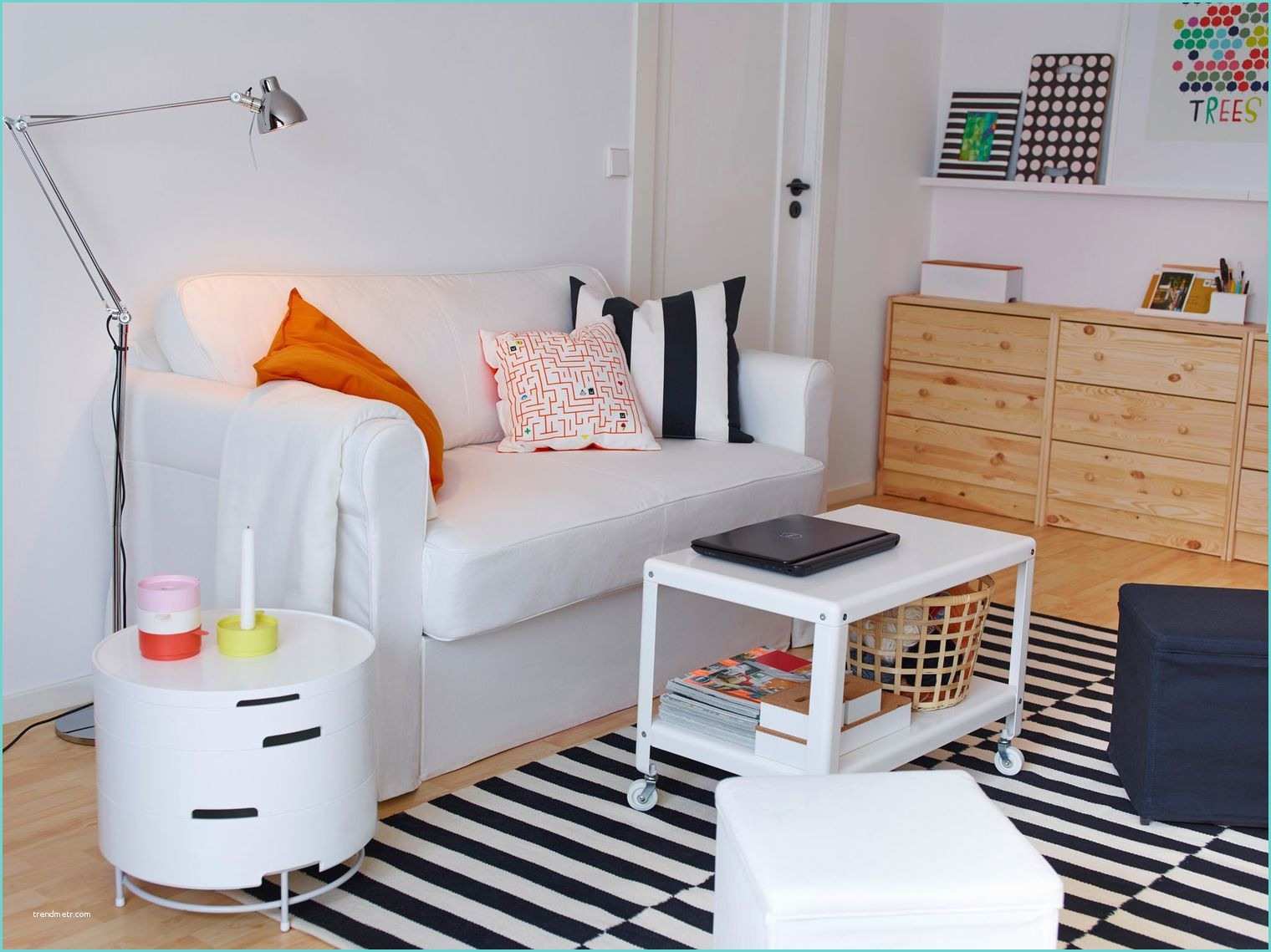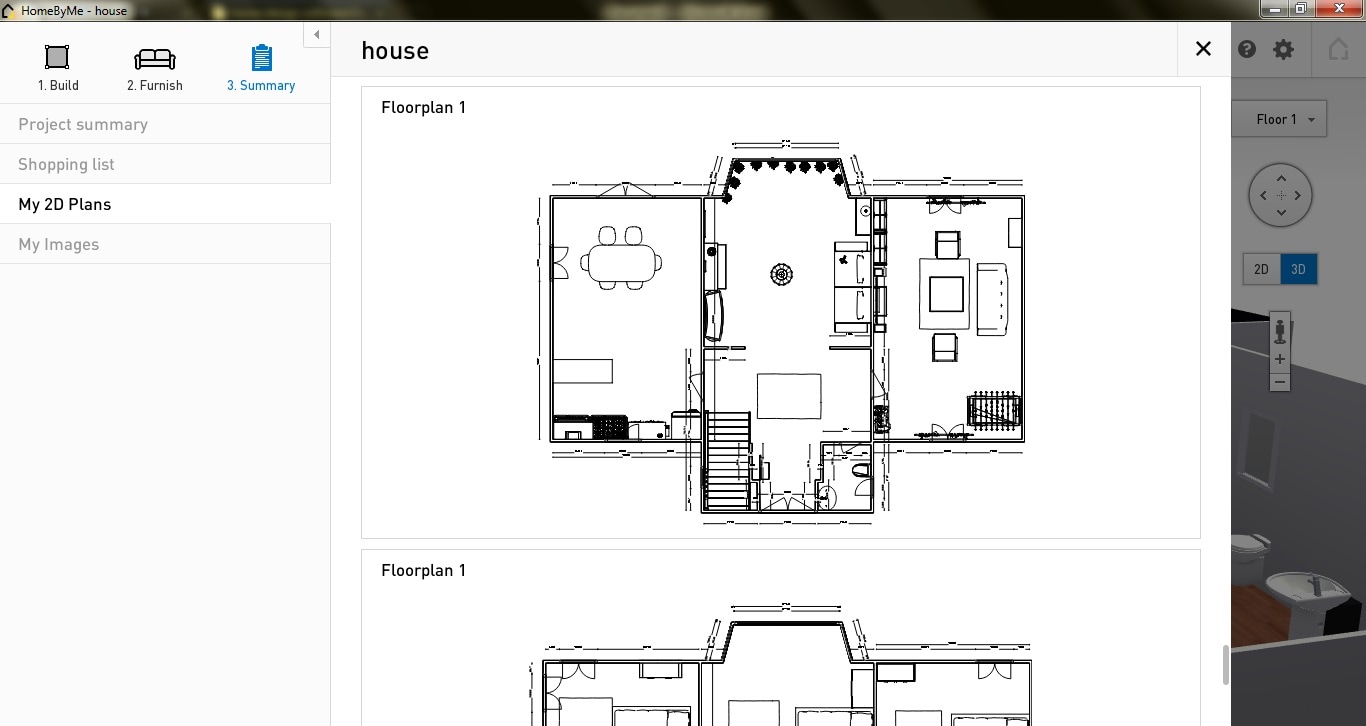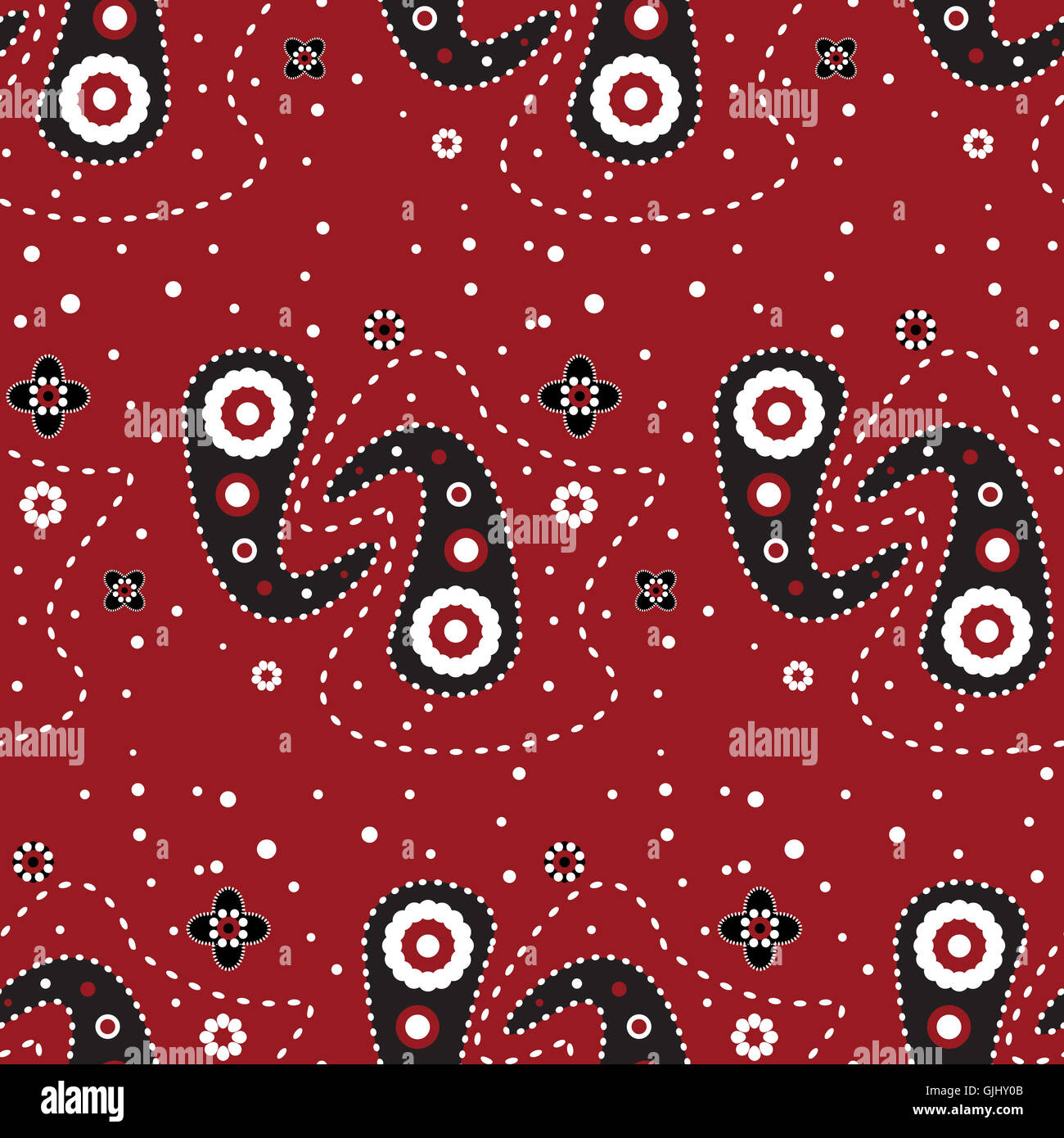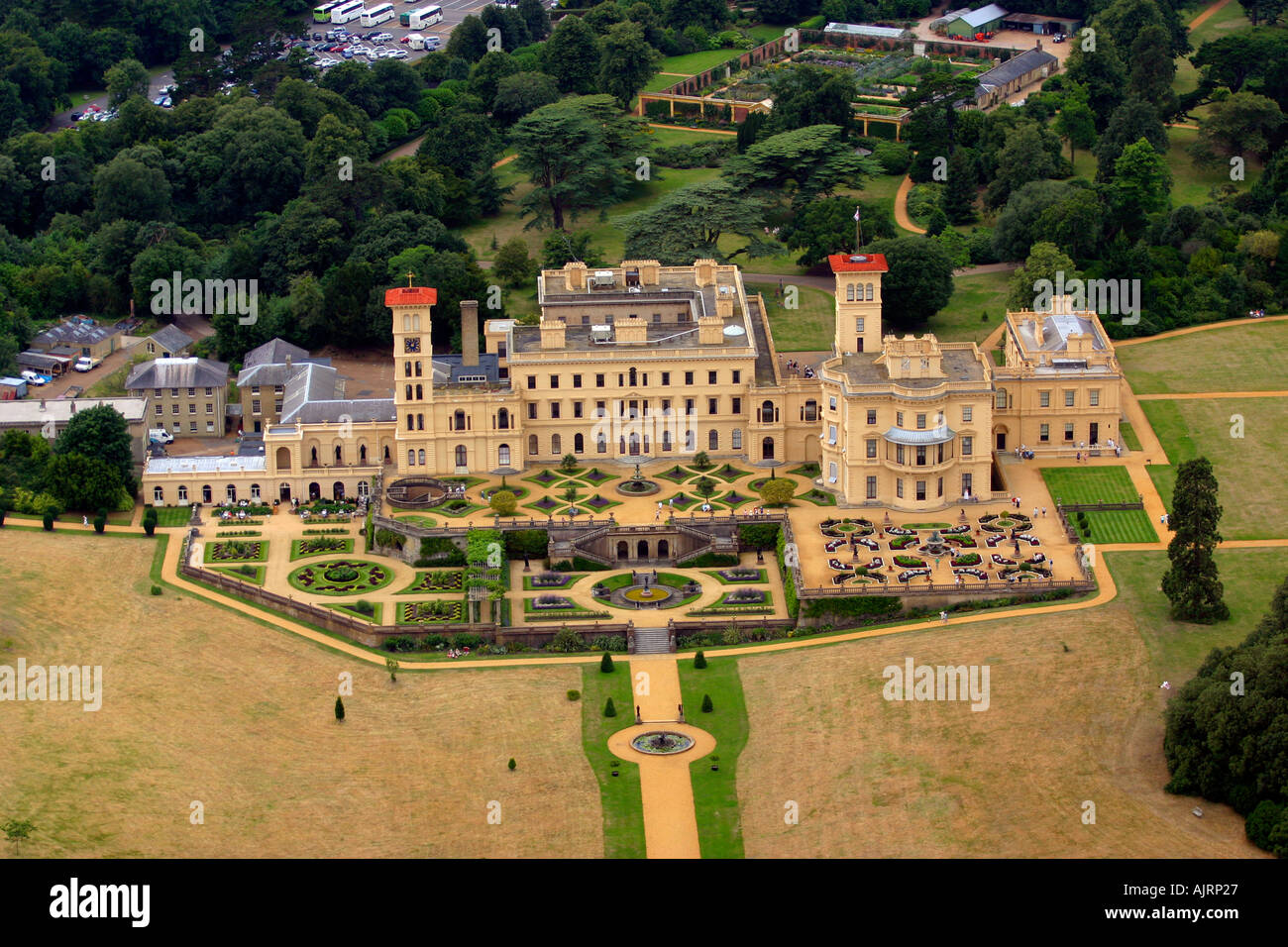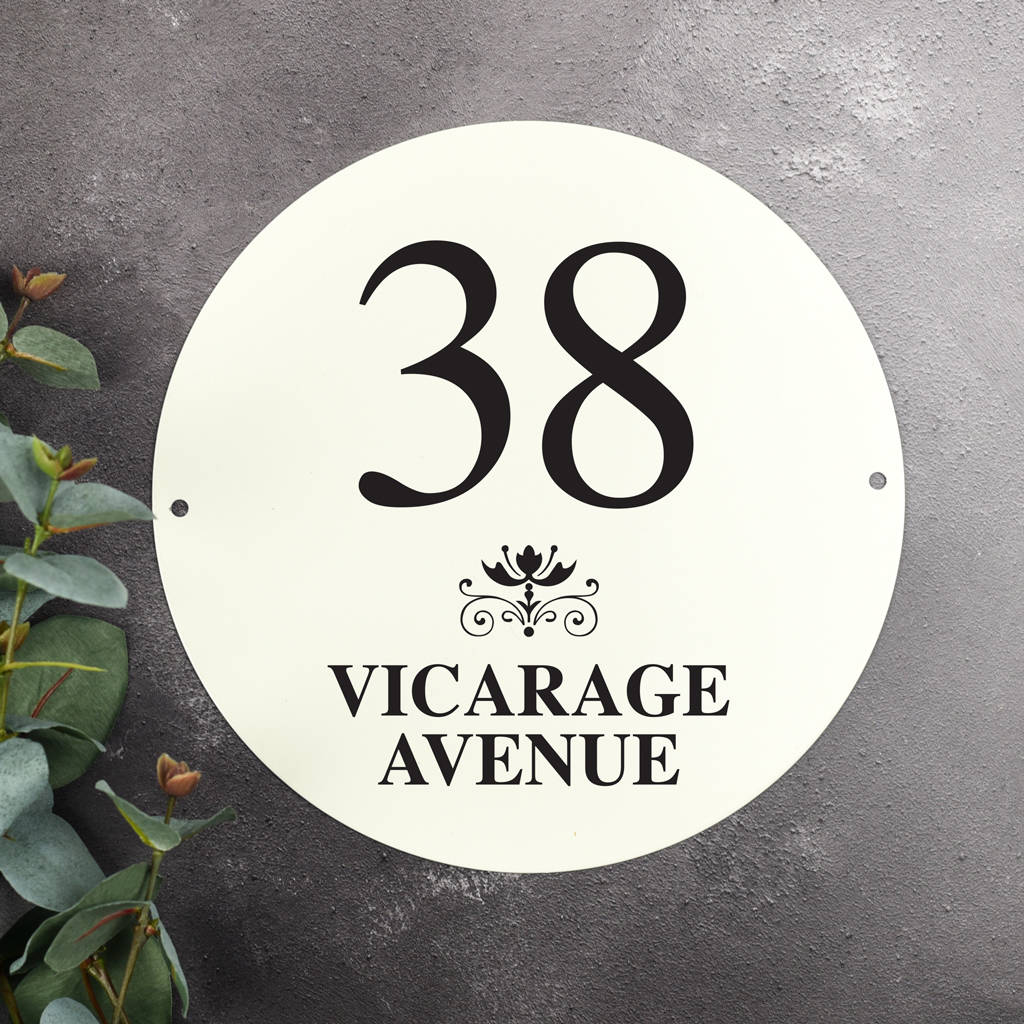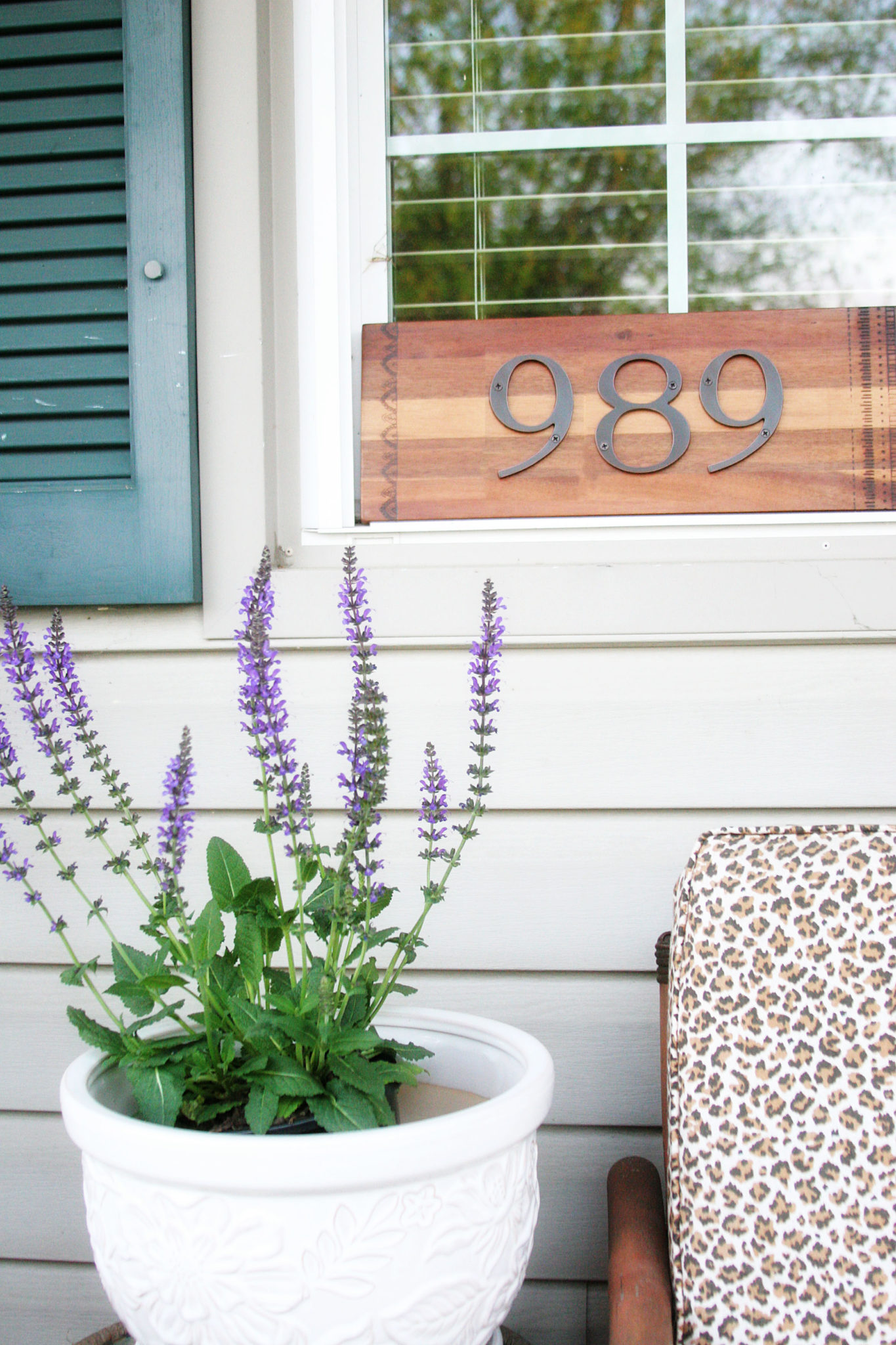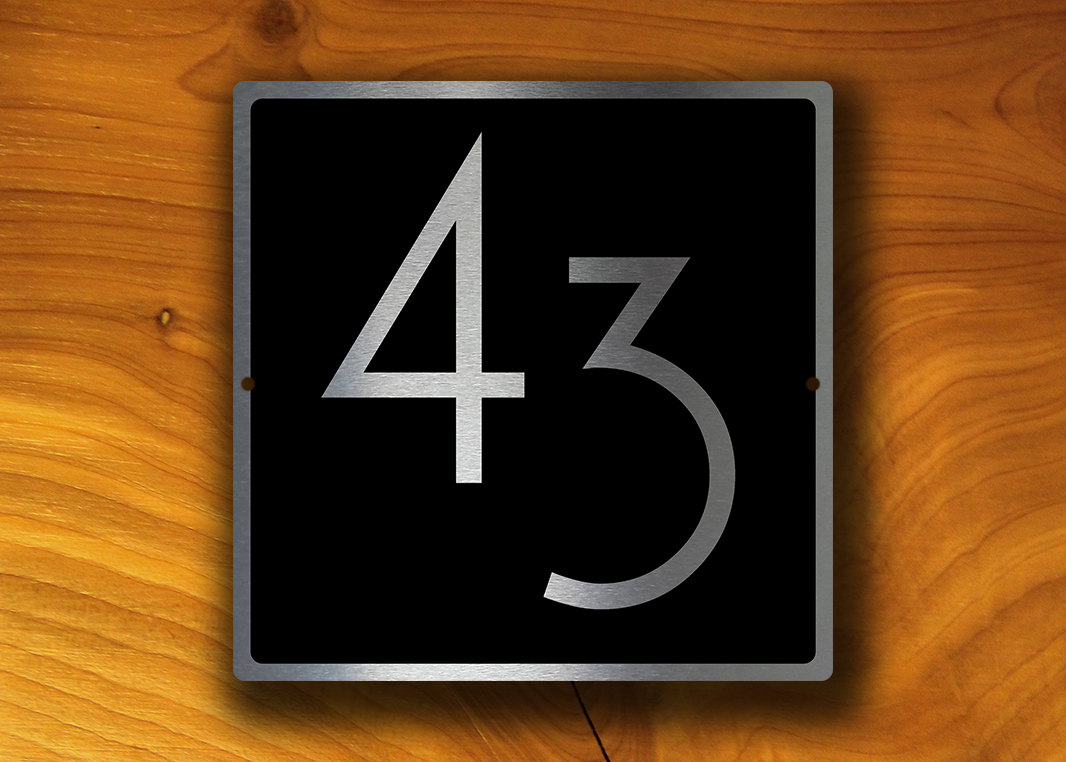Table Of Content

By incorporating these glyphs into their artwork, the Mayans were able to convey their religious and cultural beliefs to future generations. These patterns, often geometric in nature, were used in various forms of art, including pottery, textiles, and architecture. The repetition of these patterns created a sense of harmony and balance, reflecting the Mayan belief in the interconnectedness of all things. One of the most common patterns found in Mayan art is the step-fret design, which consists of alternating steps and frets. This pattern symbolizes the cyclical nature of life and the eternal cycle of birth, death, and rebirth.
Deciphering the Meaning of Mayan Art
They contain images of various Mayan kings as well as other important symbols such as jaguars, feathered serpents, and characteristics linked to the Mayan god of death. In other Mayan temples, impressions left behind by the wood were found yet the wood had rotten away. This showed that wood was frequently used to create carvings and decorations.
Mayan Statues
The Maize God is accompanied by a captive figure with black face paint and his arms tied behind his back. The figure in captivity is said to be the nighttime version of the Maize God. Another mythological serpent enters through a quatrefoil void with an older God emerging from the serpent’s mouth. The artist painted the scene to be interpreted via the characters’ gazes as Chahk performs a ritual, believed to be the resurrection of the Maize God. Jade was a medium often used in the production of royal scepters, jewelry, and ritual objects.
Designs by ASU alumni on display for Hispanic Heritage Month ASU News - ASU News Now
Designs by ASU alumni on display for Hispanic Heritage Month ASU News.
Posted: Thu, 29 Sep 2022 07:00:00 GMT [source]
Notable constructions
Other artists sculpted and painted imagery of ripened ears, kernels, and dried cobs to serve as elements of the God’s body and appearance. This jade statue features a figure seated in the cross-legged position, which was a common position used by artists of the Early Classic period (250 – 500 CE). This colorful open-mouthed Mayan statue is one of the most famous Mayan statues from the ancient world. The Mayan statue was created between the 7th and 8th centuries in the Jaina style, which derived its name from an island on the coast of Campeche. Jaina was once a central hub from the late pre-classic era to the Terminal Classic era.
Revitalizing Ancient Techniques
It was also to honor Buluc Chabtan in the hopes that he would grant them victory and safety during battle. Another thing fairly common in Mayan art is people in a state of transformation between humans and jaguars. This gave him the ability to travel between earth, the underworld, and the heavens. As is common throughout history only a small elite group of Maya were able to read these hieroglyphs, therefore Mayan art was the primary storyteller. From around 900 CE, they began to experience drought, likely exacerbated by deforestation.
Featured Subject Matter and Color in Mayan Art
Artisans and experts collaborate to research, document, and teach these techniques to a new generation of artists. By passing down knowledge and skills, they ensure that the legacy of Mayan designs lives on and continues to evolve. The pyramids, towering structures with steep steps leading to the top, were considered the gateway between the human world and the realm of the gods. Each step represented a level of ascension towards enlightenment and spiritual transcendence. El Castillo, the iconic pyramid in Chichen Itza, is a testament to the Mayans’ architectural prowess and their deep spiritual beliefs.
Re-opened: Maroma, a storied hideaway on the Riviera Maya • Hotel Designs - Hotel Designs
Re-opened: Maroma, a storied hideaway on the Riviera Maya • Hotel Designs.
Posted: Tue, 08 Aug 2023 07:00:00 GMT [source]
Some, but not all, of these portrait heads were once part of life-size stucco figures adorning temple crests.[29] In the same way, one finds stucco glyphs that were once a part of stuccoed texts. Justin is working for artincontext.org as an author and content writer since 2022. He is responsible for all blog posts about architecture, literature and poetry. It was the greatest urban center in the southern Maya lowlands, located 30 kilometers north of Lake Petén Itzá in Petén, Guatemala, in a tropical jungle.
Unleashing the Artistry of Designer Custom Leather: A Masterpiece in Every Stitch
Other types of human sacrifice included killing with bow and arrows and disemboweling the victim etc. Steps generally lead to the top of the pyramid where the Mayan temples are located. To accommodate the temple, Mayan pyramids have flat top which is another feature of their design.
Types of Visual Art – A Look at Different Examples of Visual Arts
According to recent research studies, it was found that Maya blue may have held a special meaning for the culture and was probably related to the ritualistic/ceremonial act of human sacrifice. The most common colors found in Mayan art are red, black, yellow, and blue pigments. A special Maya blue color was invented by the Mayans and is a bright turquoise shade developed using a special technique. Mayan blue is referred to in Spanish as Azul Maya and consists of both organic and inorganic materials, including indigo dye sourced from the Indigofera suffruticosa plant mixed with a natural and rare clay called palygorskite.
The best surviving example is the palace at Palenque with its unique three-storey tower. Doorways are often multiple and of the post and lintel type in wood (usually sapodilla) or stone. They can also present relief carvings of rulers; especially fine examples are found at Yaxchilan. Alternatively, doorways could be carved to represent, for example, the mouth of a fierce monster, as in Structure 22 at Copan and the Pyramid of the Magician at Uxmal.
Though not found at all Maya sites, widespread application of painted stucco has been recorded. When I’m feeling down, the thing that always brings a smile to my face is “The Golden Girls” [Hulu]. I think it’s one of the greatest sitcoms of all time and every episode hits with humor and heart. The diminutive Mexican American queen from San Antonio quickly became a Season 14 fan favorite thanks to her style and dancing skills. Though she struggled in the challenges, Jorgeous earned the distinction of being her season’s “lip-sync assassin,” winning four out of five stay-or-sashay-away face-offs. Her standout performance remains her lip sync to Ava Max’s “My Head & My Heart.” She will be competing on behalf of the National Alliance of Mental Illness (NAMI), a grassroots organization that focuses on mental health.
The Maya civilization emerged around 2000 BCE and reached its peak between 250 and 900 CE, leaving behind a legacy of remarkable art and design. The Mayans developed a sophisticated understanding of mathematics, astronomy, and architecture, which greatly influenced their artistic expressions. Often the most important sanctuaries sat atop towering Maya pyramids, some of over two hundred feet, such as that at El Mirador. While recent discoveries point toward the extensive use of pyramids as tombs, the temples themselves seem to rarely, if ever, contain burials. Maya pyramids had flat tops and were similar to the Aztec pyramids, though The Aztecs were the individuals who built their pyramids indistinguishable.
In addition to glyphs, Mayan art is characterized by intricate patterns and designs. These patterns often featured geometric shapes, such as squares, circles, and triangles, arranged in a symmetrical and repetitive manner. Several prominent architects worked in this style, including Frank Lloyd Wright.
The ancient Mayan civilization, known for its advanced knowledge in astronomy, mathematics, and architecture, also left behind a rich legacy of artistic expression. Mayan art is characterized by intricate patterns, vibrant colors, and symbolic glyphs that offer a glimpse into the beliefs and values of this fascinating culture. In this article, we will explore the world of Mayan patterns and their symbolic meanings. In conclusion, the allure of Mayan designs continues to captivate and inspire people worldwide.
